






of







of







of





















Shusha History Museum was of History-Ethnography Museum type. The Museum contained rare photographs depicting the history of Shusha, documents related to the 19th-20th centuries, the projects, models, and photographs of the residential buildings of historical importance constructed in the 18th-19th centuries. There were also interesting stands and exhibits about the well-known Azerbaijani intellectuals, educators, singers, musicians, and writers born and raised in Shusha.
The decorative and applied art section contained valuable art objects, jugs, pot sets, pottery, carpet, and rugs woven in Shusha and surrounding villages, decorative knitting patterns.
The Museum was open until the occupation of the city of Shusha by the Armenian Armed Forces in May 1992. It was impossible to salvage a significant part of the exhibits, which were plundered and destroyed by Armenians.
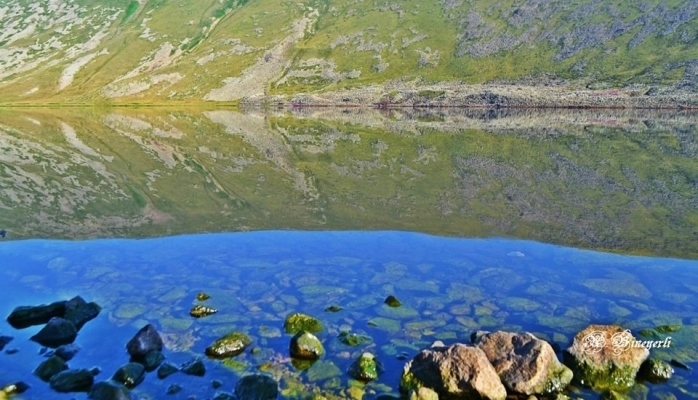
Qaragol Interrepublics State Reserve was set up with the decision of the Council of Ministers dated November17, 1987. Garagol State …

The idea of establishing Aghdam Bread Museum, which is considered to be the second in the world after the Zurich …
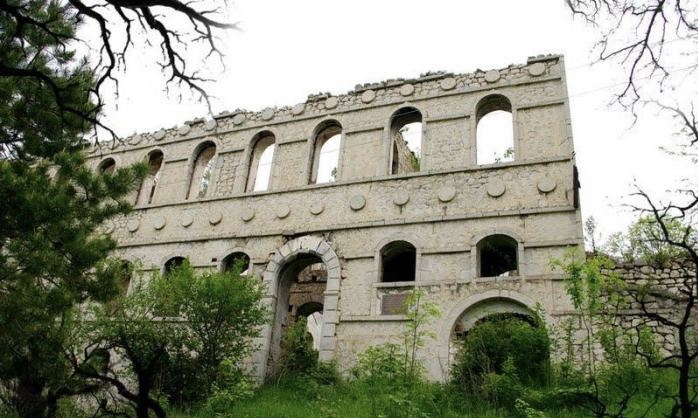
The Khurshudbanu Natavan’s House is a historical and architectural monument of the 18th century located in the city of Shusha. …

Museum Mausoleum Complex of Molla Panah Vagif is located in Shusha, Azerbaijan. It was built in honor of Molla Panah …
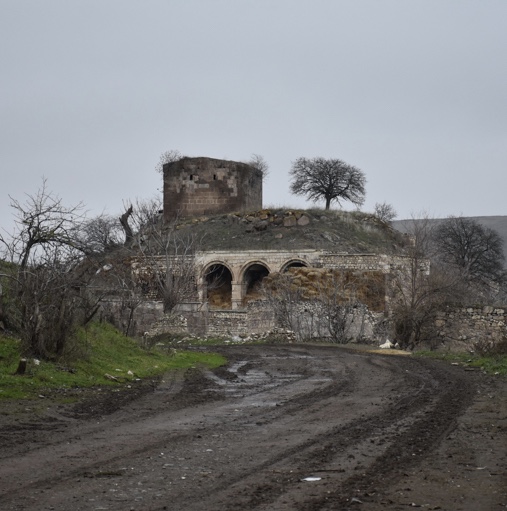
Garghabazar Caravanserai was built in 1681 at the hillside, in the center of Garghabazar village of Fuzuli district, 8 km …
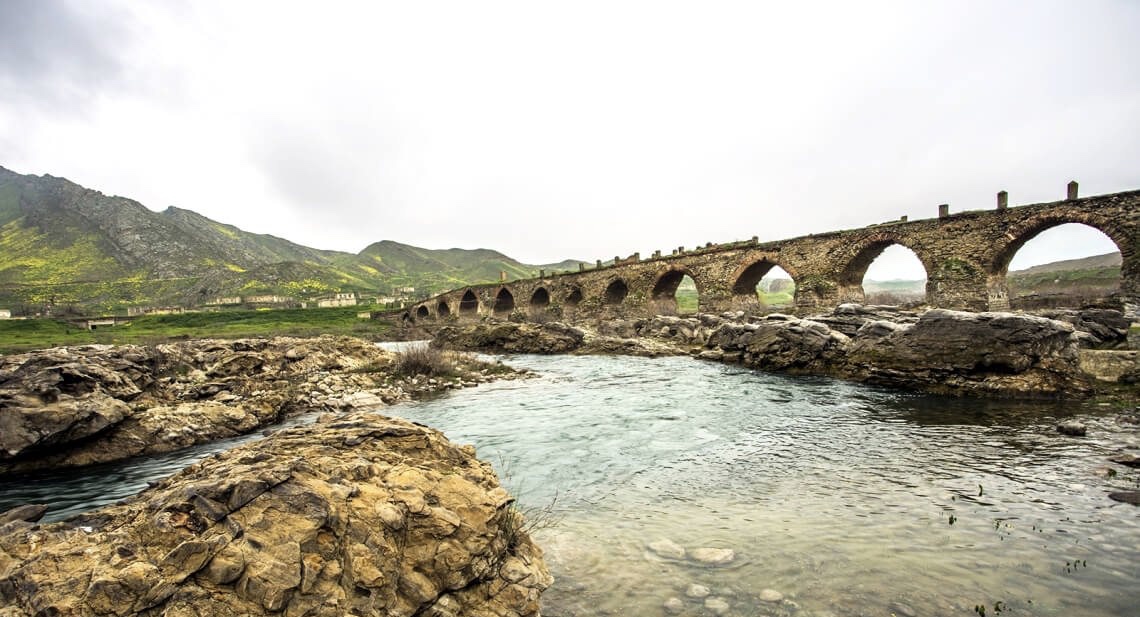
The Bridge belongs to the Arran architecture school. The first written source that mentioned the 15-arched Khudafarin Bridge belongs to …
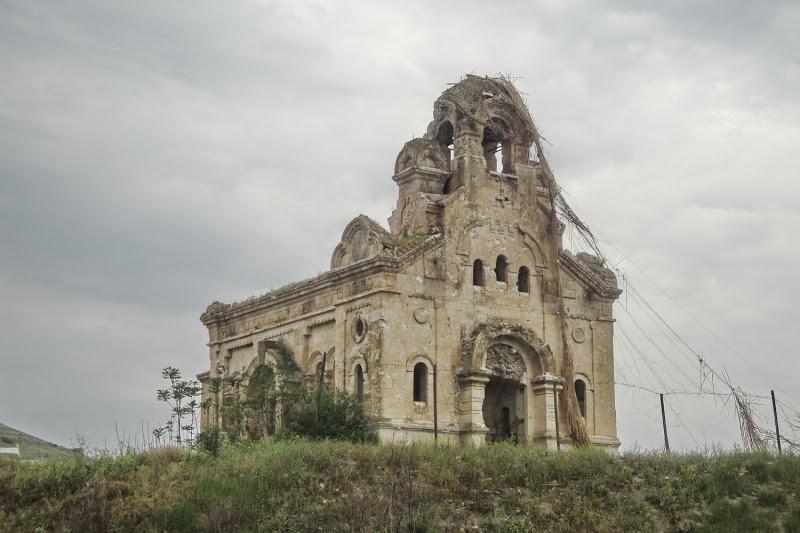
Armenia’s vandalism in Nagorno-Karabakh and seven surrounding regions affected not only the historical, cultural, and religious heritage of Islam but …

Jabrayil History-Ethnography Museum has been operating since 1953. Archaeological and ethnographic materials belonging to the history of the region, textiles, …

Khudavang, or Dedeveng, Monastery Complex is located in the Vang village of Kalbajar District, on the left bank of Tartar …

“The 19th century Aghdam Juma Mosque is perhaps the only structure that has withstood the years of neglect since the …